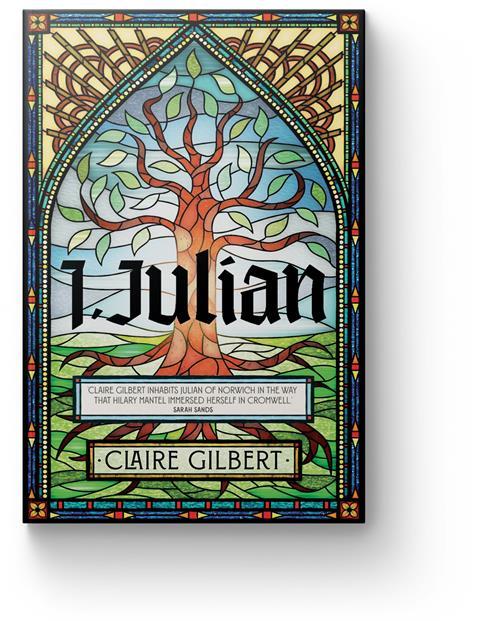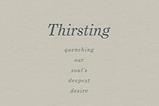
Julian of Norwich’s 15th-century classic, Revelations of Divine Love, is widely regarded as the earliest manuscript written in English by a woman. But beyond that text, little is known about the remarkable woman who lived as an anchoress (or hermit) bricked into a small cell on the side of St Julian’s church in Norwich.
In her new novel, the director of the Westminster Abbey institute, Dr Claire Gilbert, imagines Julian’s story. In a similar vein to Maggie O’Farrell’s Hamnet (Tinder Press), this beautifully written book deftly crafts a tale that draws the reader in, recounting historical events and people while envisaging the detail of Julian’s everyday life.
The work of fiction begins in Julian’s childhood, as she loses her father to the plague. In the ensuing grief, guilt and fear, she bargains with the Almighty, asking to share in his sufferings, even unto death, in order to appease a God who was, as taught to her by the Church, wrathful and vengeful. Later, after losing her husband and only child in the second plague, she falls ill herself. On the verge of death, she receives multiple visions from God and, eventually, begins the journey towards a contemplative life that would end in her permanent seclusion in the anchorage.
Writing her ‘shewings’ was a dangerous endeavour at a time when Bibles were only in Latin and only priests (who were always male) were allowed to teach it and minister. That Julian’s writing survived at all is no small miracle, and although we know very little about the real-life woman, Gilbert’s construction of her is captivating and inspiring. Dealing with issues of grief, suffering and loss, it is a tale that has many themes that are as relevant in a post-pandemic world as they were 700 years ago.






































No comments yet